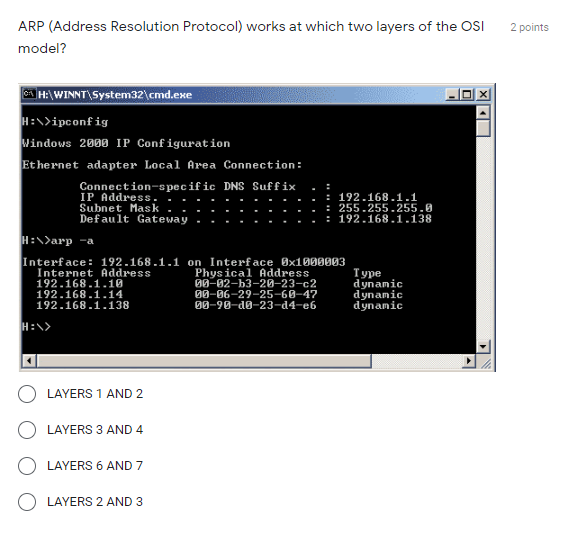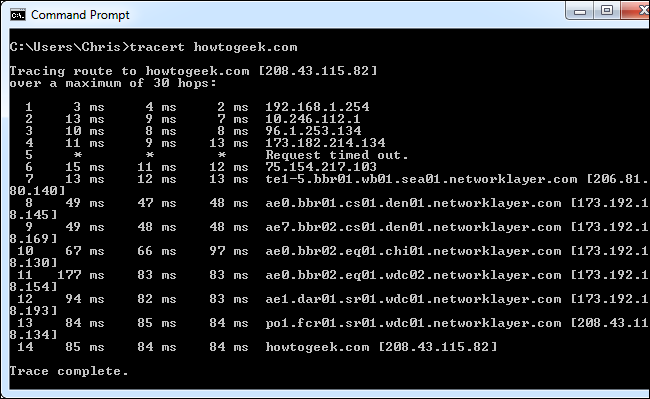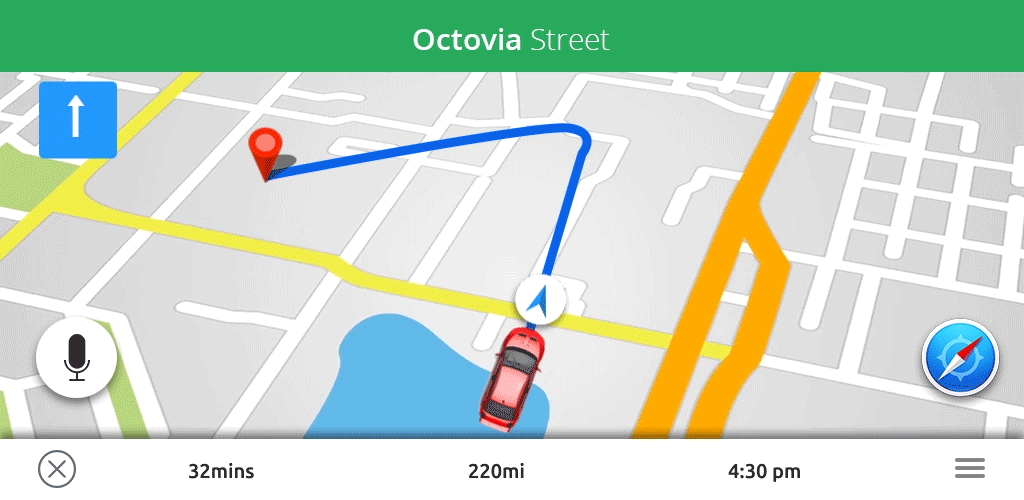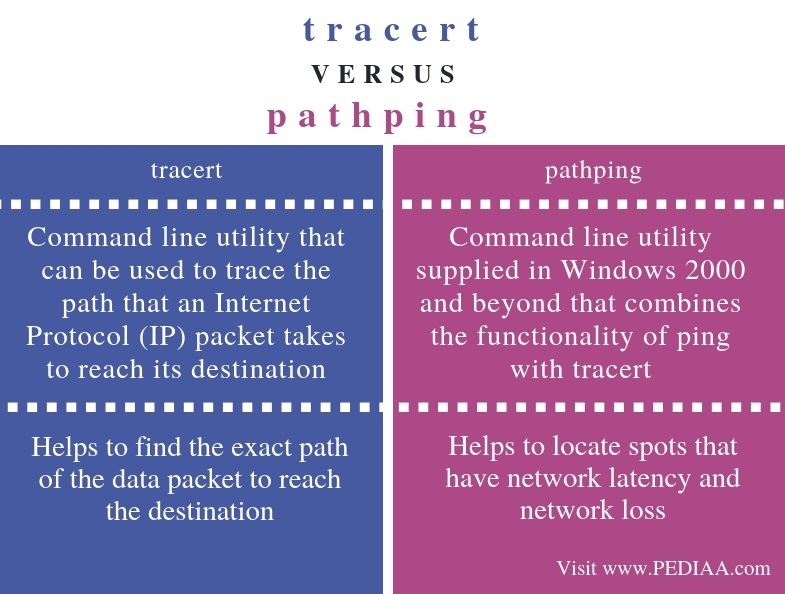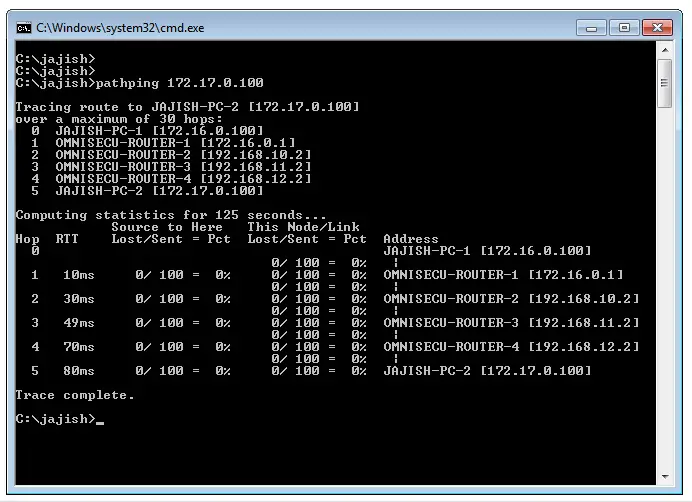We’ve established in the ICMP post a couple of things:
- ICMP stands for Internet Control Message Protocol and is often referred to as the text message protocol of networking.
- ICMP works at the Network layer of the OSI model, and the Internet layer of the TCP/IP model.
- It is used by devices to check a network connection. For example, it can be used to check the connection between a host and a router, or a host and a server, and more.
So what happens when you’re in a data center with 5 routers, and one of them isn’t working? How do you even know if the router is the problem?
There are some tools that can help with that.
TRACEROUTE + PATHPING
Traceroute (labeled TRACERT in Windows) will label your packet to your router.

In the example above, you will see the command TRACERT WWW.STANDORD.EDU. Below it, you will see the number of hops it took to get to the router, and how long the hops took. That’s what tracert does – it’s almost like GPS directions from you to your host, router, etc.
According to Mike Meyers, tracert is best used when your network is working. That way, if a hop is missed, you can better find the issue.
Some computers don’t play well with the tracert command. That’s why the pathping command is a thing. Essentially, pathping does the same thing as tracert. Pathping is great for identifying network latency and loss.
According to Lazy Admin, pathping is a combination of a tracert command and a ping command. The great thing about a pathping is that it helps you find the exact location of a packet loss between you and your host.
The Pathping command is a combination of Ping and Tracert. Where a ping command only test the network connection between the source (your computer) and the destination, Pathping will test the connection to each hop between it. When you run a Pathping, it will first trace the route to the destination and then performs a ping to each node in between it.
If you’re feeling ambitious, take my Network + Command quiz on Google Forms.
